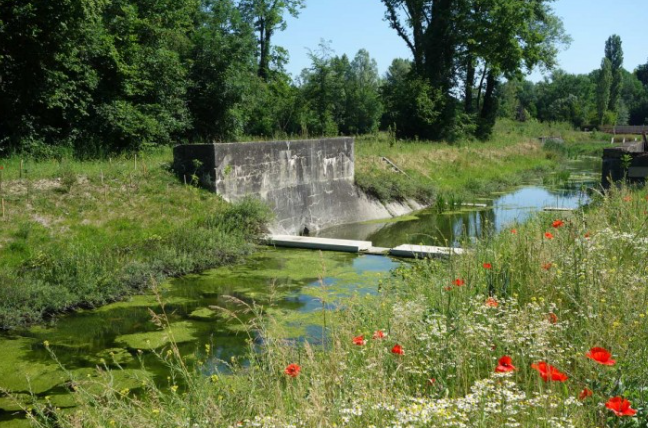Ecological restoration is becoming an increasingly important aspect of landscape architecture, as more people recognize the vital role natural environments play in fostering biodiversity, improving air quality, and enhancing our overall well-being. This practice not only addresses the damage that urbanization and industrial activity have inflicted on ecosystems but also creates resilient landscapes that can adapt to climate change. In this blog post, we’ll explore key aspects of ecological restoration in landscape architecture, highlighting its significance and practical applications.
Restoring Ecosystems: The Role of Landscape Architects
Landscape architects play a crucial role in ecological restoration by designing spaces that not only revive native habitats but also support diverse plant and animal life. By assessing a site’s existing ecological conditions, they can develop restoration plans that focus on reintroducing native species and removing invasive ones. This approach helps restore the natural balance of the ecosystem, improving its health and resilience. Integrating principles of sustainable design, landscape architects can create spaces that benefit both people and nature, fostering a sense of connection to the environment.
Benefits of Ecological Restoration
The benefits of ecological restoration extend beyond environmental health; they also have a profound impact on human communities. Restored landscapes can improve mental well-being by providing opportunities for outdoor recreation and connection to nature. Additionally, these spaces can buffer against climate change, reducing flooding and heat island effects in urban areas. Involving communities in the restoration process helps raise awareness about ecological issues, fostering a sense of stewardship and responsibility toward the environment. This collaborative approach not only enhances the quality of the landscape but also promotes social bonds among residents.
Innovative Techniques in Restoration Design
Advancements in technology and design methodologies are transforming the way landscape architects approach ecological restoration. Techniques like biomimicry, which draws inspiration from nature’s processes and systems, enable designers to create more effective and sustainable solutions. For instance, using living shorelines to combat coastal erosion not only protects the shoreline but also promotes habitat creation for aquatic species. Additionally, the incorporation of green infrastructure, such as rain gardens and permeable pavements, helps manage stormwater and reduces pollution. These innovative methods demonstrate how landscape architecture can contribute to a healthier planet while enhancing urban spaces.
In conclusion, ecological restoration in landscape architecture is essential for creating sustainable, healthy environments that benefit both nature and communities. By combining practical design techniques with a focus on ecological health, landscape architects can play a pivotal role in restoring ecosystems. If you’re interested in learning more about how you can get involved in ecological restoration or support these efforts in your local community, consider attending workshops, volunteering, or exploring resources provided by local environmental organizations. Together, we can make a difference for our planet and future generations.

